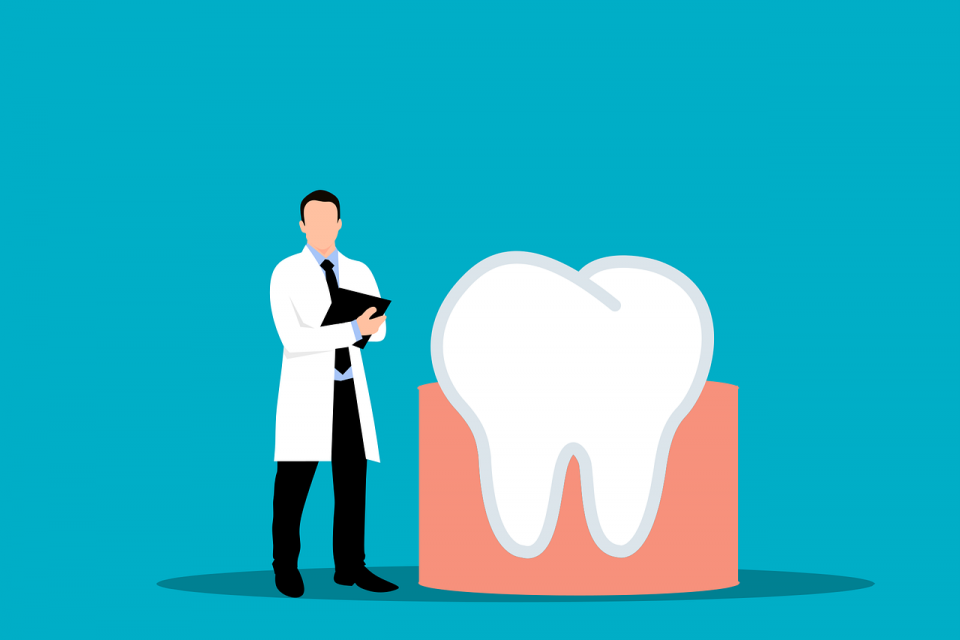There are very few dental practices that still use analog film and chemicals to produce dental x-rays. With digital technology around for decades, and improving along the way, there really is no excuse not to be digital.
However, patients still often express concern with overexposure from radiation from dental x-rays. While I could bore you with statistics, to put it into perspective, it would take almost 400 dental x-rays in one year to equal the amount of radiation a person picks up from background sources each year.
Here are a few questions answered about dental x-rays:
I had a dental x ray while I was pregnant. I am worried that my unborn child might have been exposed to the radiation. Can you please tell me if there are any risks to my baby from this?
There is no information suggesting any risk to an unborn child from dental x-rays received by the mother. We were taught in dental school to avoid dental x-rays on pregnant patients. However, with newer technology the radiation dose to the fetus is insignificant. Prudent practice would dictate limiting x-rays on pregnant women, but there is absolutely no harm in taking x-rays if needed to diagnose a problem.
Is there residual radiation in a room after a dental radiograph has been taken?
X-rays cease to exist when the machine is switched off, much like the light from a light bulb when it is turned off. No residual radiation remains.
How much has dental x-radiation been studied and how concerned should I be about having dental x-rays done? Is there a limit on how many I can have?
We now have very complete information on patient radiation doses from dental x-rays. They are among the lowest radiation dose exams of any diagnostic radiologic procedure in the healing arts. Current practices deliver patient doses from a full-mouth series of intraoral films (usually 14-18 films) that are less than what a person receives in a month from natural environmental sources (commonly called background exposure).
Doses from bitewing or panoramic films are even less. New technology is reducing the doses still further. There is no limit on how many dental x-rays you can have. The decision to have a dental x-ray is based on the benefit of knowing whether or not there is a cavity, crack, or some other abnormality. The decision to have them is based on what you and your dentist agree on being best for your specific situation.
I recently had some dental x rays and the operator forgot to place the lead apron on me. Is this a problem?
Use of the lead apron to protect the patient undergoing dental radiographic examination was recommended some 50 years ago, when equipment was crude. This was because x-ray beams were not restricted to the area of clinical interest, beams were not filtered, and x-ray film was slower, causing radiation exposures 10 to 100 times higher than received today. With the current technology reducing radiation exposure significantly and the beam limited only to the area of interest, there is little or no measurable difference in whole-body dose whether a lead apron is used or not. The lead apron is no longer regarded as essential although some consider it a prudent practice, especially for pregnant and potentially pregnant patients.
If you have any other questions on dental x-rays, please e-mail them to me.
Dr. St. Clair maintains a private dental practice in Rowley and Newburyport dedicated to health-centered family dentistry. He has a special interest in treating snoring, sleep apnea and TMJ problems. If there are certain topics you would like to see written about or questions you have, please email them to him at jpstclair@stclairdmd.com




